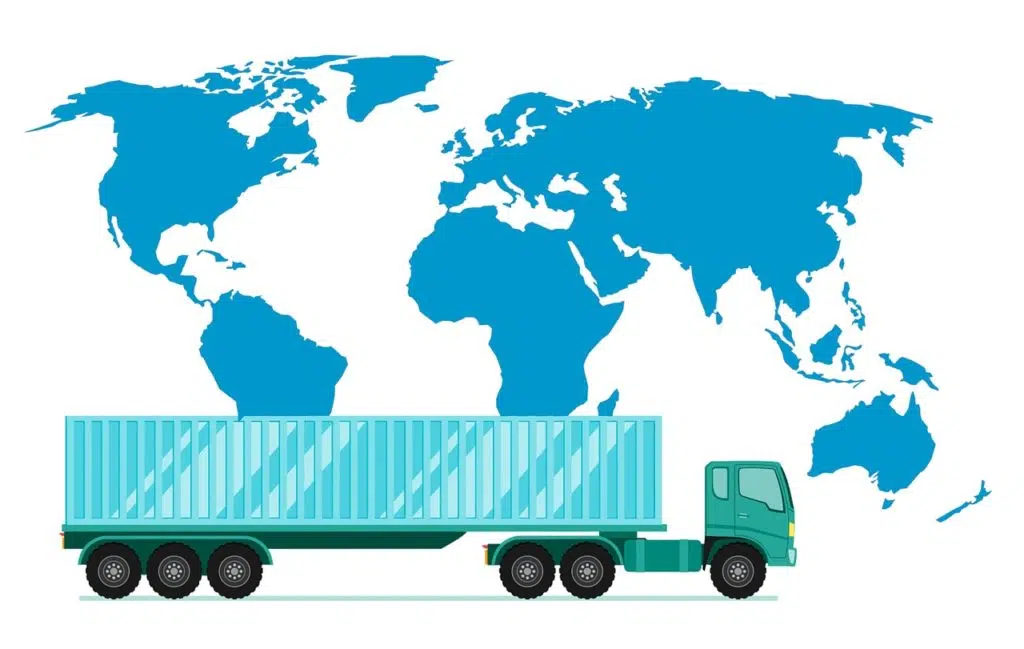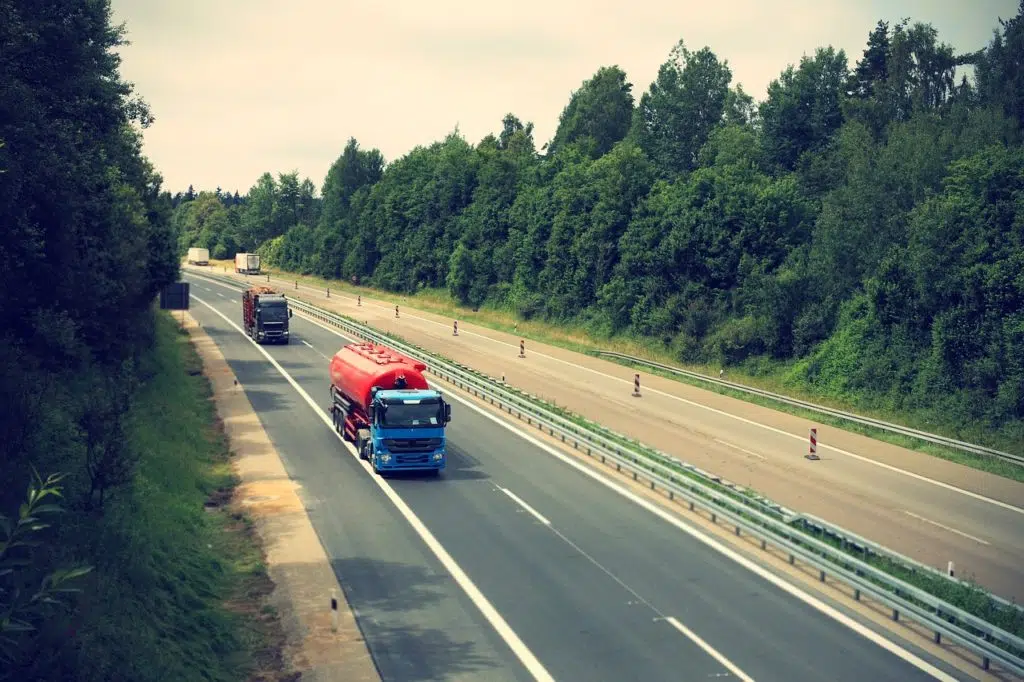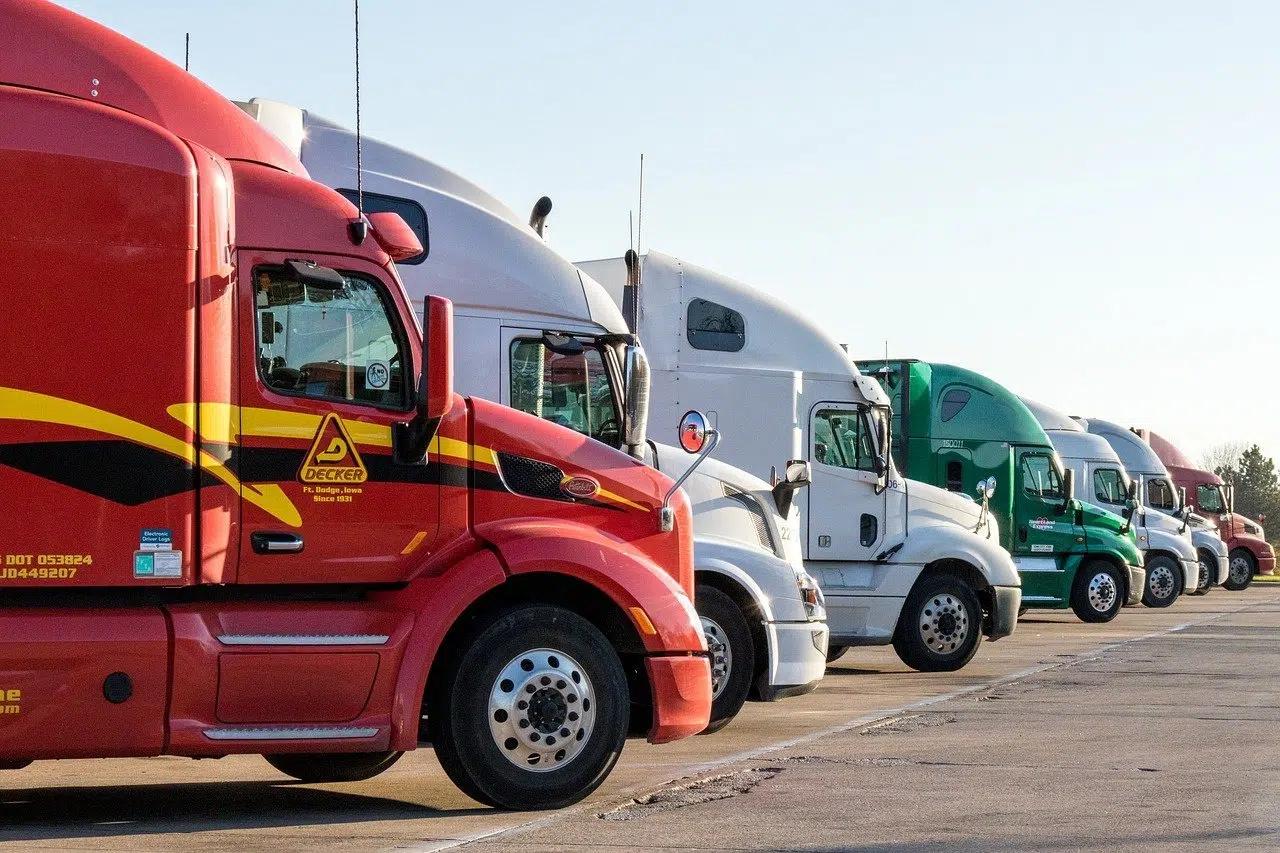It wasn’t so long ago that the mere mention of self-driving vehicles and automated intelligence was pure science fiction. Today, things have changed significantly. With so many advancements in the world, both digital and real-time, we can’t help but recognize a shift in all industries. Even as I write this article, companies across the US are working on AI technology and testing different versions of self-driving vehicles. But the more important question on the mind of moving company owners is – how will self-driving trucks affect moving industry trends? What does the future hold for professional moving and logistics companies if the “Minority Report” representation of intelligent traffic becomes a reality?

What is the current situation?
Difficult as it might seem for you to comprehend, self-driving trucks are here. More and more companies are investing in the revolutionary step. New technologies are being tested daily. The modification of laws is being planned and considered accordingly. All in all, the date of this idea becoming a reality is getting closer and closer.
And while many in the trucking industry are overwhelmed with the potential of this idea, there are those less excited with the idea. Indeed, this is not surprising – there are always two sides to each coin. However, there are plenty of advantages in how will self-driving trucks affect the moving industry:
- Increase in productivity
- Fuel efficiency
- Reduced operational costs
- Less traffic on highways, etc.
On the other hand, this advancement brings with it the risk of losing jobs, something that can make anyone worried. So, before we pass any judgment on this piece of moving company news, let’s see if can examine it a bit further.
Which companies are most active in this race for advancement?
Initially, the first company to make history when it comes to automated truck delivery was Uber, back in 2016. However, they have discontinued their work since then, refocusing their efforts on research into self-driving cars instead. Despite this, there are plenty of other companies that have joined the race. So, here are the most notable competitors when it comes to self-driving truck technology and its development:
Daimler
As the parent company of Mercedes-Benz and Freightliner Trucks, Daimler was one of the first companies to look into the concept of self-driving trucks. They have been running tests since 2014. Their focus was on having a driver for safety while exiting highways and truck platooning. Current plans involve the opening of an automated truck research center in Portland, OR.

Waymo
For the past couple of years, Waymo has been running tests on self-driving truck technology in California and Arizona. As a subsidiary of Alphabet (Google’s parent company), Waymo started launching automated freight deliveries to Google data centers back in March. The trucks all have high-tech radar systems for navigational purposes, as well as a human driver for emergencies.
Tesla
Back in November 2017, Tesla jumped into the race. This year, they’ve begun testing self-driving truck deliveries. The software used is similar to the ones they use for their cars – a semi-autonomous system that controls the acceleration, braking, and steering. However, an actual driver is present at all times, just in case of emergencies. The goal that Tesla has is to have a lead truck with a driver that automated trucks can follow – semi-automated chain trucking.
Embark
Founded in San Francisco in 2016, Embark tests automated trucking on the roads between El Paso, TX and Palm Springs, CA. The focus they have is for drivers to spend less time driving and more time doing deliveries. And so, the trucks should take over the driving process on highways, while the drivers can relax and rest for the drive beyond the highway.
TuSimple
With HQs in China and California and a testing facility in Tucson, AZ – TuSimple has already gone crossed the 15,000-mile marker with their trucks. Their trucks use camera technology to map out their surroundings. It is their belief that a camera-based system can detect more than a laser-based one that most companies practice. Additionally, it is cheaper to implement. However, there is still a need for a licensed driver to be present.
Why there is no need to worry about how self-driving trucks affect the moving industry?
Although many will find fear-based reasons to judge the progress of automation in different industries, you must keep an open mind. There is no reason to fear progress. In fact, it is pointless to do so – it will come no matter what you do. And so, the best course of action is to embrace it. When it comes to concerns regarding the introduction of self-driving technology, there are five very strong reasons why you shouldn’t worry about this:
#1: The need for government involvement
States are already introducing laws that support the testing of automated trucks. And it is the government that will have to put the foot down and set rules to legislate the movement and use of self-driving trucks across the US. The use of these 80,000-pound trucks will need to be regulated by the Department of Transportation’s National Highway Traffic Safety Administration (NHTSA).
A year ago, the House of Representatives lifted a number of restrictions for the introduction of self-driving cars by passing a bill. The Senate has been considering a similar measure. Even though the bill does include commercial trucks, there is a possibility for them to be added through a different piece of legislation. Until that time, companies such as the ones I mentioned above will still have a handful of states to test their trucks.
#2: Driving a truck requires experience and skill
If you haven’t driven a heavy-duty truck, you cannot hope to comprehend the challenge it provides. So, can this new type of software replace the skill-set and reflexes of truck drivers with years of experience under their belt? How will companies overcome construction zones, mountain passes or bad weather with the use of AI?
According to Derek Rotz, director of advanced engineering for Daimler, computers still need a lot of room to compensate for the response and problem-solving skills that your typical driver has. That is something that will take time for machines to learn. So, we are still several years away from coming to that accomplishment.
#3: Even self-driving trucks will require a human presence
As I’ve explained earlier, most companies that are testing the potential of AI in trucking are focusing their goals on automating but a fraction of the journey. No company is still willing to completely take out the human factor out of the equation. After all, self-driving trucks will require a tech-savvy human presence to monitor and step in when necessary. For now, most are only focused on offering drivers the chance to relax on straightforward routes such as highways.
#4: Autonomous trucks are there to assist the drivers
The whole point of implementing technology in the driving process is to help drivers. After all, there are plenty of benefits that automation can bring to the table:
- Collision avoidance
- Stability control
- Lane departure warnings
All this serves the purpose of maximizing road safety and making the driving process more efficient. So, it is completely normal for the trucks to operate on their own while on highways and long straight roads. The drivers would monitor the situation, only to take control once exiting the highways.
#5: Trucking is a Vast Industry
With over 5.7 million drivers and an estimated 3.5 million Class 8 trucks on American roads today, it’s safe to say that trucking is no small industry. Just like the moving industry, it is widely spread and will only continue to grow as time passes. According to predictions by the American Trucking Association (ATA), trucks will be moving 20.7 billion tons of freight by 2028.
Therefore, it will take time for self-driving trucks to gain a foothold in those statistics. Additionally, there will be a need for different trucking modes and circumstances – something that will take time to develop and perfect. So, most organizations predict a time frame of 20-25 years before the concept of self-driving trucks completely comes to life.






